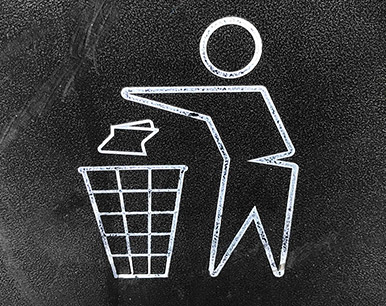Spam filtering
As of October 2018, there are 1.5 billion people in the world using Gmail. On average, one in five people in the world has a Gmail account. Why is Gmail the most popular email service in the world? One of the most important reasons is that it can help users filter out 100% of spam messages, giving users the best email experience.
100% spam filtering, how did Gmail achieve that?
Google has been using the machine learning model and other protection methods to help users filter out 99.9% of “unsolicited” emails so users don’t receive spam emails. In addition, Google uses the higher-l level TensorFlow Machine Learning (ML) framework to remove 100 million spam messages per day, helping us block less than 0.1% of spammers, allowing Gmail to achieve 100% spam filtering.
With this machine learning framework, Gmail prevents users from receiving spams and delivers mails that are important to users. Should that fail, the built-in “unmark spam” is there to return rightful emails to inbox, which is a process to optimize the logic. The more spams we report, the better for Gmail to automatically mark similar emails as spam and analyze them to make the screening mechanism more accurate and closer to the needs of each user.

Gmail automatically enables spam filtering without the need to install any software.
In the past, many e-mail systems relies on anti-virus software to achieve anti-spam capabilities. However, all of Gmail’s filtering and anti-spam technologies are built-in. No further software installation or hardware is necessary. Spam filtering is enabled by default via browser access and it scans all attachements too. This eliminates the need for anti-virus software and its licensing chores.

The same Spam Filtering functionality is available on Google Workspace
While Gmail is targeted at individual users, Google also has an enterprise version of Gmail (Google Workspace) designed for businesses and organizations.
Google Workspace for enterprises achieves 100% spam filtering function like Gmail and has a dedicated administration console so that the system administrator of the domain is able to set up a spam filtering policy that applies to global or specific business units. In addition, the administrator is able to setup white list and blacklist, so that it filter spams while allowing legitimate emails at domain level to meet the business needs of business users.

Personal Gmail and Google Workspace
Comparison Chart
| Spam filtering related functionality | Personal Gmail | Google Workspace |
|---|---|---|
| Spam detection and screening | V | V |
| Report/Unmark the spam mails | V | V |
| Spam Filter | V | V |
| White List | – | V |
| Black List | – | V |
| IP Address White List | – | V |
| Spam Filtering policy at OU level | – | V |
